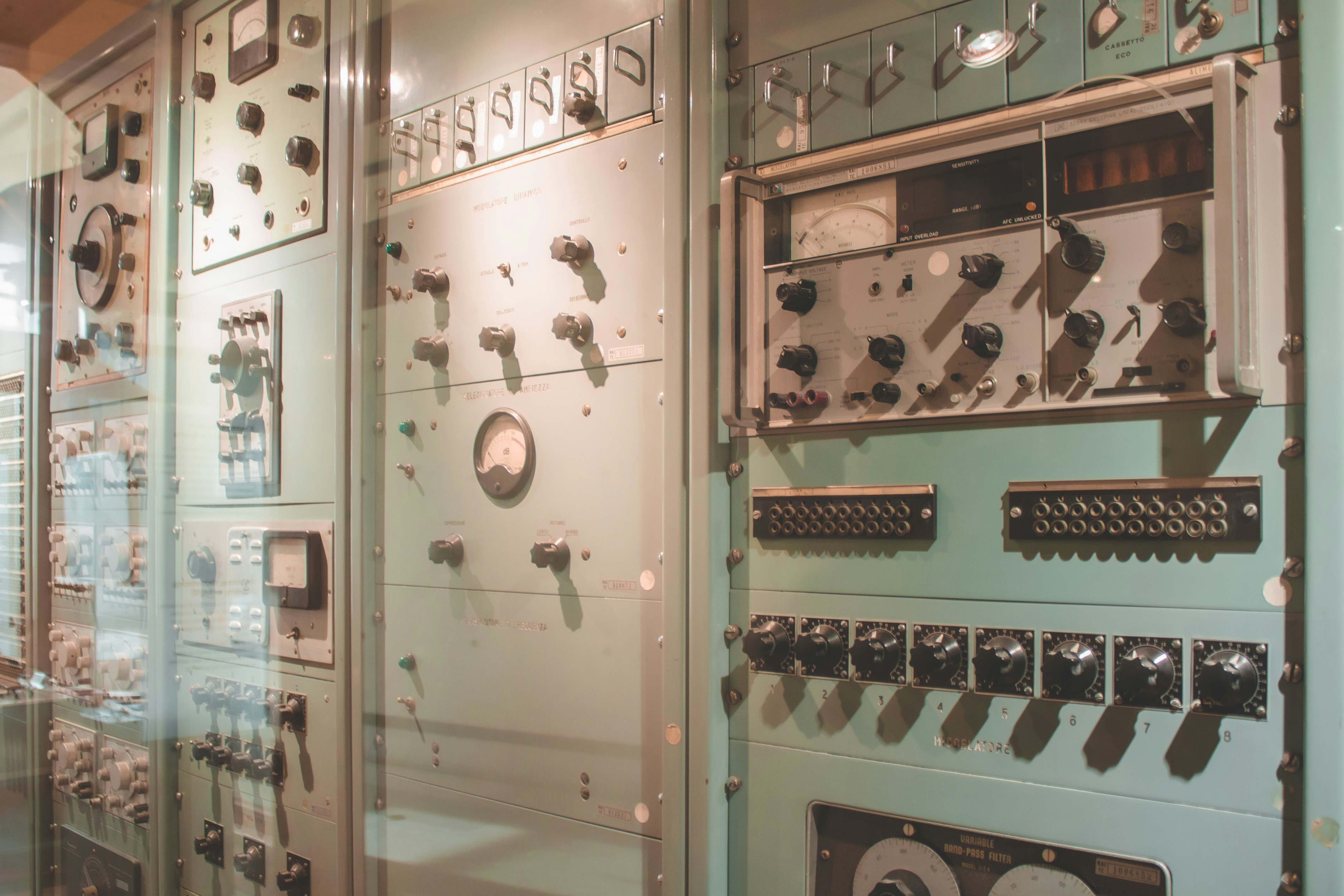The Evolution and Fundamentals of Computing
 Alok Gupta
Alok Gupta
Understanding the Basics
Computer: A computer is an electronically programmable device capable of performing a wide range of tasks. At its core, a computer processes data according to a set of instructions, executing computations, and producing outputs based on input data.
Program: A program is a set of instructions that a computer follows to perform a specific task. These instructions are written in a programming language that the computer can interpret and execute.
Software: Software is a collection of programs and related data that provide the instructions for telling a computer what to do and how to do it. Software can range from operating systems and utilities to applications and games.
Programming Languages: Programming languages are formal languages comprising a set of instructions used to produce various kinds of output. These languages allow programmers to communicate with the computer, enabling them to write programs that can be executed by the computer’s hardware.
The John von Neumann Architecture
The John von Neumann architecture, proposed by mathematician and physicist John von Neumann in 1945, is a foundational model for modern computer systems. According to this architecture, a machine qualifies as a computer if it has the following four subparts:
Input Unit: This component allows the computer to receive data and instructions from external sources (e.g., keyboard, mouse).
Processing Unit: Also known as the Central Processing Unit (CPU), this part performs arithmetic and logical operations on the data.
Memory Unit: This is the storage area where data and instructions are kept either temporarily or permanently.
Output Unit: This component delivers the results of computations and operations to the outside world (e.g., monitor, printer).
The Evolution of Computer Languages
1940s: The Dawn of Computing
The 1940s marked the beginning of the computer age, characterized by the introduction of semiconductor technology and machine-level languages. These early languages consisted of binary code (1s and 0s), which the computer’s hardware could directly execute. Programming in machine language was extremely tedious and error-prone.
1950s: Assembly Language
The 1950s saw the advent of assembly language, which provided a more human-readable form of machine code. Assembly language uses symbolic names (mnemonics) for operations and memory locations, making it easier for programmers to write and understand code. This period also saw the development of the first assemblers, which translate assembly language into machine code.
1960s to Present: High-Level Languages
The 1960s brought about the introduction of high-level programming languages, which abstracted much of the complexity associated with assembly language. High-level languages like FORTRAN, COBOL, and BASIC allowed programmers to write instructions in a more natural and understandable syntax. This evolution has continued, with modern languages like Python, Java, and C++ providing even higher levels of abstraction and more powerful features.
Conclusion
The journey of computing and programming languages has evolved remarkably from the 1940s to the present day. Starting with machine-level languages and progressing through assembly languages to the sophisticated high-level languages of today, the development of programming paradigms has greatly enhanced our ability to solve complex problems efficiently. Understanding the basics, such as the John von Neumann architecture, and the various programming paradigms, provides a solid foundation for appreciating the advancements in computer science and software development.
Subscribe to my newsletter
Read articles from Alok Gupta directly inside your inbox. Subscribe to the newsletter, and don't miss out.
Written by

Alok Gupta
Alok Gupta
I’m an aspiring web developer keen on learning new things. I’m dedicated to keeping up to date with the latest stuffs in web development. I always lookout for chances to grow and learn. When I’m not coding, I enjoy reading about India’s fascinating history. It helps satisfy my curiosity and teaches me about the diverse India.